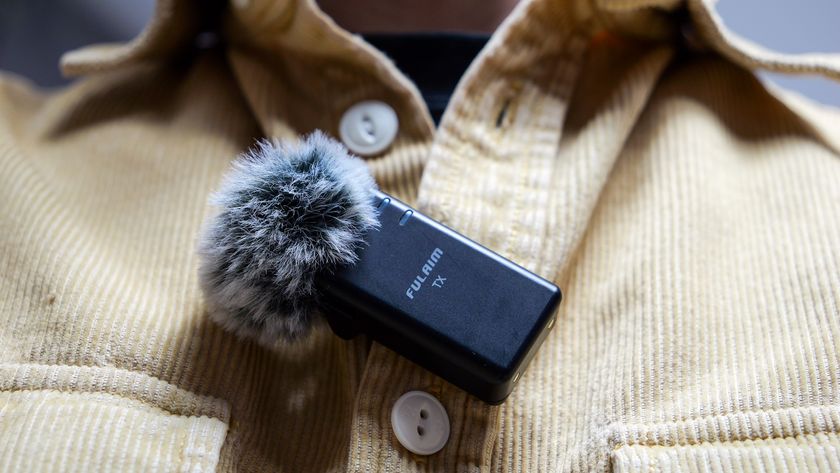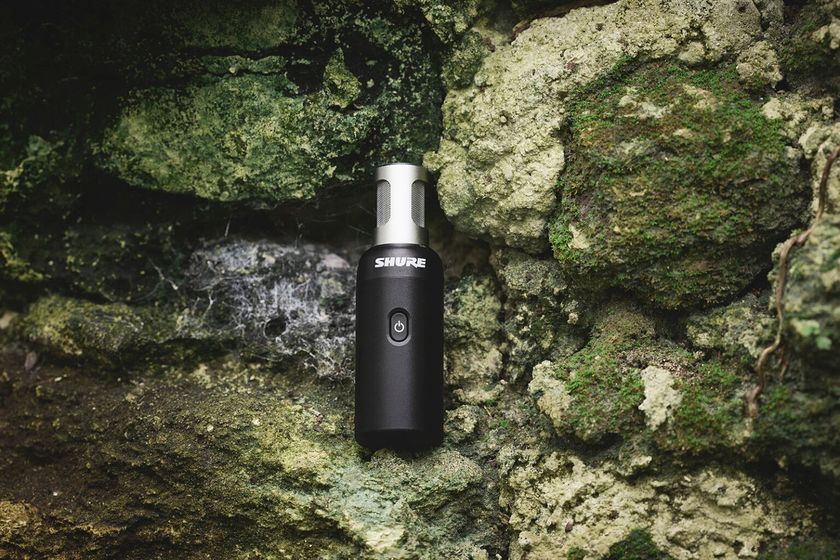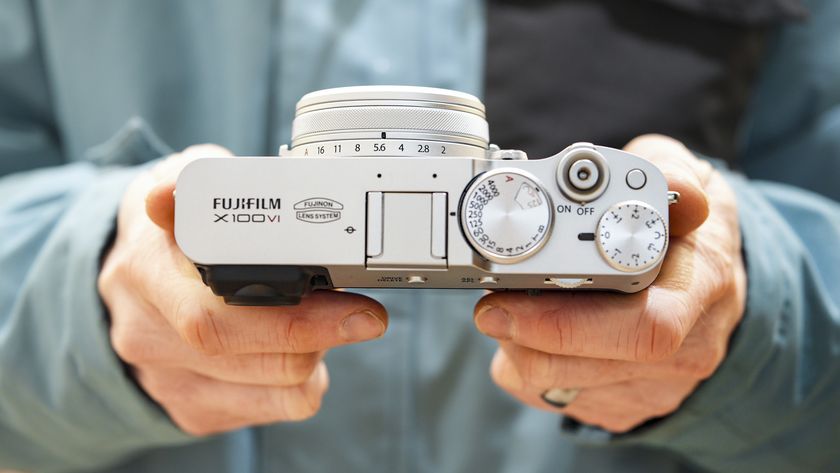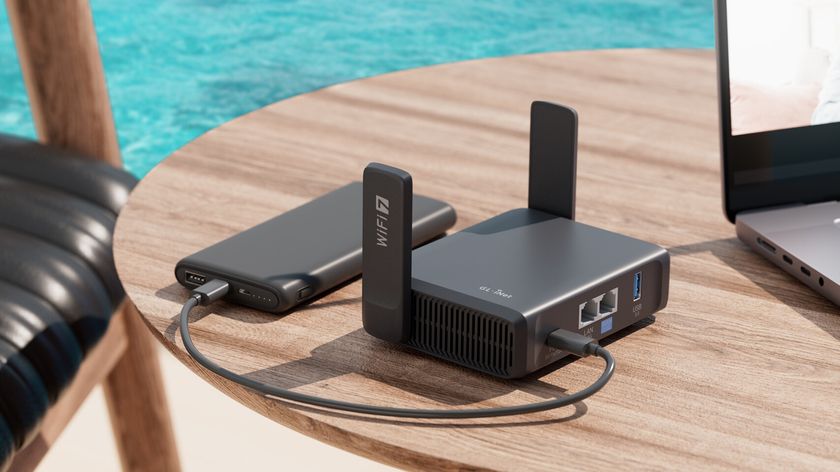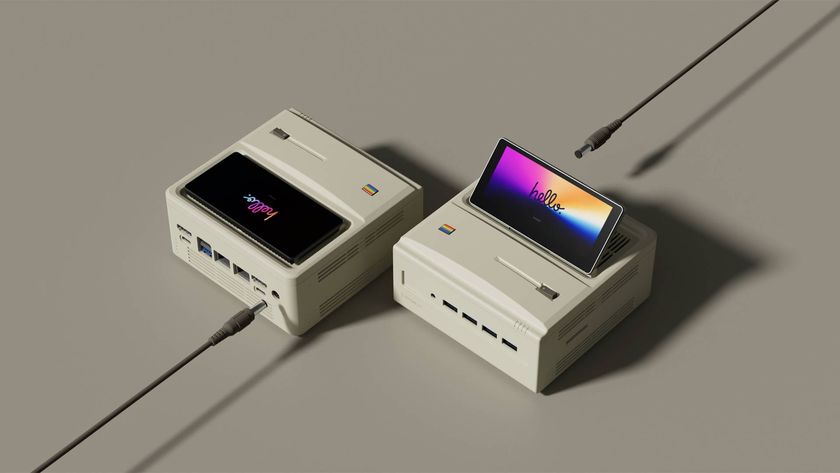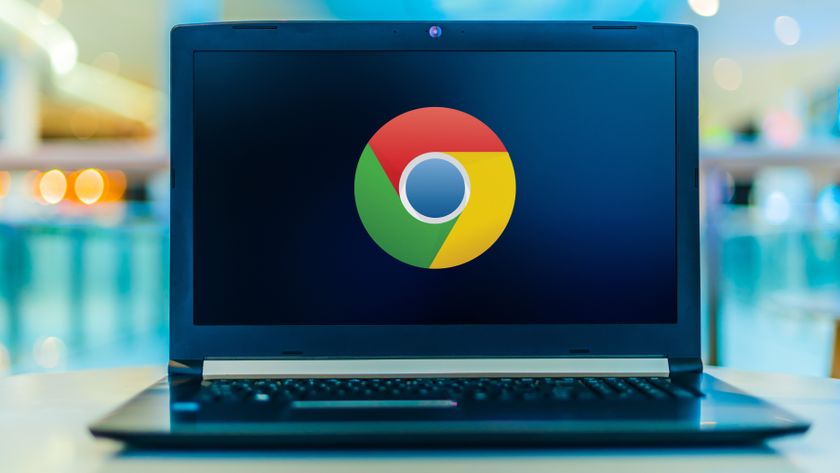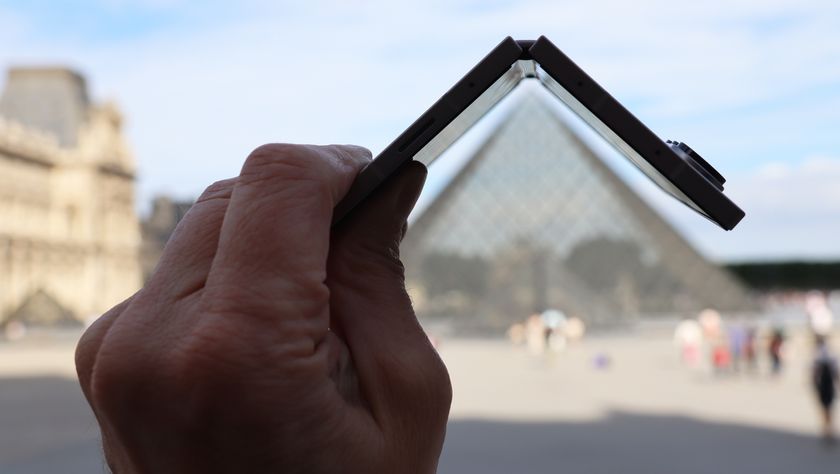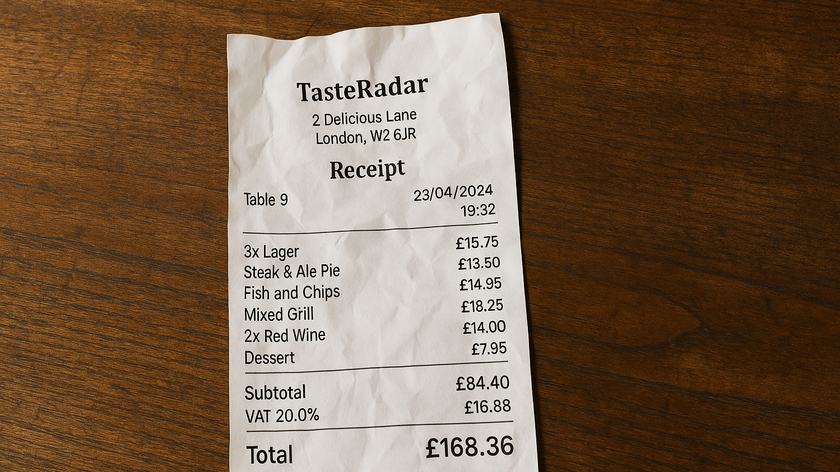Everything you need to know about tripod ball heads
Get a head that suits the way you shoot
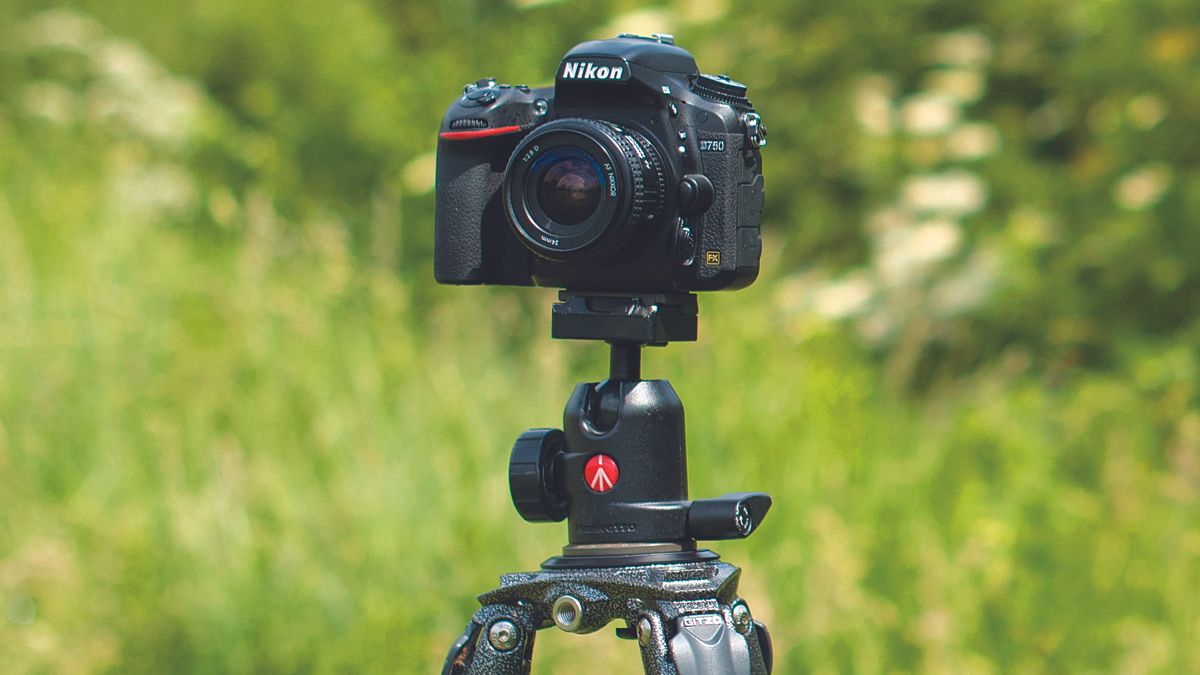
Ball heads are all the rage. They're very quick and easy to adjust, the most basic models having a single locking screw. Release this and you get a full range of pan, tilt and swivel adjustments. Once the camera is in position, you simply tighten the screw to lock the head in place.
A more sophisticated variation sees the addition of a variable friction damper. This adds safety, especially when using heavy camera and lens combinations, reducing the risk of the camera falling forward when the main locking screw is loosened.
Yet another addition that's proving increasingly popular is a separate panning lock. You can release this to enable pan-only movement of the ball head, while tilt and swivel settings remain locked.
Typically, ball heads that have a larger diameter ball enable greater precision when making adjustments, with less sag after the locking screw is tightened. They also usually have a higher maximum load capacity. The addition of spirit levels or a bubble level on the camera platform can be useful, especially if the camera you're using doesn't feature a virtual horizon.
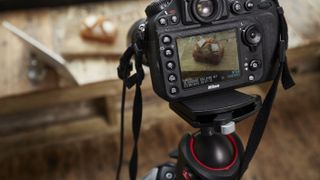
The other main option is to go for a more conventional three-way head. Unlike two-way heads popular for video capture, a three-way head includes a swivel adjustment, as well as just pan and tilt, so you can flip the camera through 90 degrees for portrait orientation shooting. Typically, there are three separate locks for each plane of movement. This can be a bonus when making very precise adjustments, for example in architectural or macro photography, as everything remains locked apart from the single plane of adjustment that you want to alter.
The downside is that adjustments in multiple directions take longer to accomplish. Another factor is that, if you're travelling around with the tripod in a bag, you usually need to remove at least one of the locking levers so that it doesn't stick out.
The secret third option
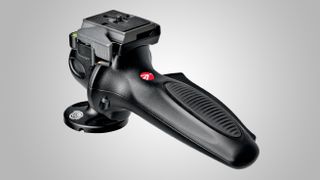
We're not for a moment suggesting they're lazy but, for some photographers, even the need to loosen and refasten the locking screw of a ball head is too much of a chore.
Get daily insight, inspiration and deals in your inbox
Sign up for breaking news, reviews, opinion, top tech deals, and more.
An interesting twist on conventional ball and socket design comes in the shape of so-called joystick or pistol grip heads. In this case, the clamp is spring-loaded to keep the head fixed in position. All you need to do to facilitate movement is to squeeze the release mechanism on the handle, reposition the head, then release the grip again. It's almost too simple.
Leading models include the Manfrotto 327RC2 and Vanguard GH-300T. The maximum load rating of these heads is 5.5kg and 8kg respectively. Both have adjustable friction damping, which also enables more secure locking for heavier cameras and lenses, as well as bubble levels to aid levelling. The Vanguard is a little more innovative, also including dual pan-only locks, plus a built-in trigger system for releasing the shutter via a trigger on the pistol grip itself.
Connection cables are supplied for some Canon and Nikon cameras, and other cables are available as optional extras. One drawback of both heads is that upward tilt is very limited, making them less than ideal for photographing birds or aircraft in flight.

- 10 essential accessories for your new camera
- Best camera accessories: 21 essential bits of kit for your camera
- Best travel tripod: 5 carbon fiber stands for your camera
- Best tripod: 10 options to suit all budgets
- Best camera bag: 10 options to protect your camera kit
- Best flashgun: dedicated strobes for Canon and Nikon DSLRs
- Best ND filters: 6 top models tested
- Best ND grad filters: 6 top models tested
